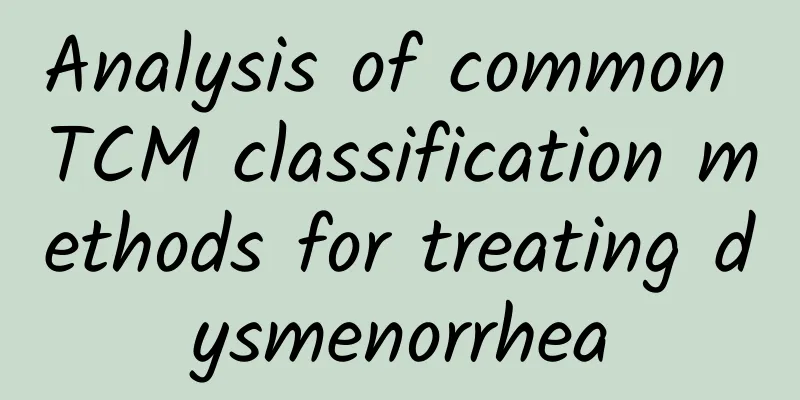What are the tests for endometrial thickening?

|
Endometrial thickening is a very common condition in our lives. Many women experience endometrial thickening. The examination and diagnosis of endometrial thickening is of great significance. The examination items of endometrial thickening are generally divided into two aspects: comprehensive physical examination and auxiliary examination. Comprehensive physical examination Pay attention to the overall nutritional status; check for anemia, blood diseases, hemorrhagic diseases, such as skin hemorrhages and ecchymoses. Check for enlargement of the thyroid gland, liver and spleen, and for masses in the pelvic and abdominal cavities, and perform the following laboratory tests: 1. Blood tests: routine blood test, hematocrit, coagulation function, fibrinolytic function test (clotting time, prothrombin time, fibrinogen), etc. 2. Liver and kidney function tests: including serum protein composition and albumin to globulin ratio, aspartate aminotransferase (AST) or alanine aminotransferase (ALT), creatinine and urea nitrogen, etc. 3. Hormone determination: including FSH, LH, prolactin (PRL), E, progesterone (P), testosterone, T3, T4, etc. Testing 1. B-ultrasound examination: It is helpful to find lesions in the uterus and pelvic cavity, can more reliably exclude uterine fibroids, understand the ovarian endocrine function from the ovarian development, and clearly determine whether abnormal uterine bleeding is caused by neuroendocrine system dysfunction. In addition, the thickness of the endometrium can be measured (preferably using a transvaginal probe), and the measured value can be used to understand whether the endometrium is normal or low-risk, or abnormal or high-risk. 2. Diagnostic curettage (D&C): D&C has both diagnostic and therapeutic significance and must be thorough and comprehensive. In order to clarify the location and extent of organic lesions and facilitate the determination of the scope of surgical treatment in the future, segmental curettage should be performed, with particular attention paid to the uterine horns on both sides. All scrapings should be sent for examination. 3. Hysteroscopy: For patients who have no obvious organic lesions found in gynecological examination, and have no abnormalities in B-ultrasound or curettage, and who have no significant effect or recurrent treatment based on endometrial thickness, hysteroscopy should be performed to further rule out the possibility of other organic lesions in the uterine cavity. |
<<: Can endometrial thickening be cured?
>>: What are the methods for detecting endometrial thickening?
Recommend
Vivian Hsu's 4-point weight loss expert: unhealthy
Vivian Hsu, 38 years old this year, has been in t...
Let's take a look at the typical symptoms of uterine fibroids
Many people want to know the typical symptoms of ...
What are the dangers of acute pelvic inflammatory disease?
Pelvic inflammatory disease can be divided into a...
Which folk remedy is better for treating uterine fibroids?
Which folk remedy is better for treating uterine ...
Pay attention to the causes of vulvar leukoplakia!
Vulvar leukoplakia is also one of the common gyne...
What are the symptoms of uterine fibroids? How to treat uterine fibroids?
Uterine fibroids are a very common gynecological ...
What are the causes of irregular menstruation in women? There are two reasons for irregular menstruation in women.
Many women's problems There are two main reas...
How to correct dysmenorrhea caused by malposition of the uterus? Will malposition of the uterus affect fertility?
How to correct dysmenorrhea caused by uterine mal...
Tips for dysmenorrhea care that women should know
Women are often entangled by some gynecological d...
Women aged 20 to 50 should read this! Eat like this to stay healthy
Everyone hopes that they can live to old age in g...
Symptoms of adnexitis can also be found on a daily basis
Adnexitis is common in daily life. After sufferin...
What is adnexitis
Adnexitis is very common, but there are still a l...
Hyperprolactinemia CT cost
Nowadays, many female friends are troubled by hyp...
What are the benefits of eating durian for uterine fibroids? Can you eat durian if you have uterine fibroids?
Uterine fibroids are a common benign disease in w...
Can cervical erosion heal itself?
Can cervical erosion heal itself? Recently, peopl...









